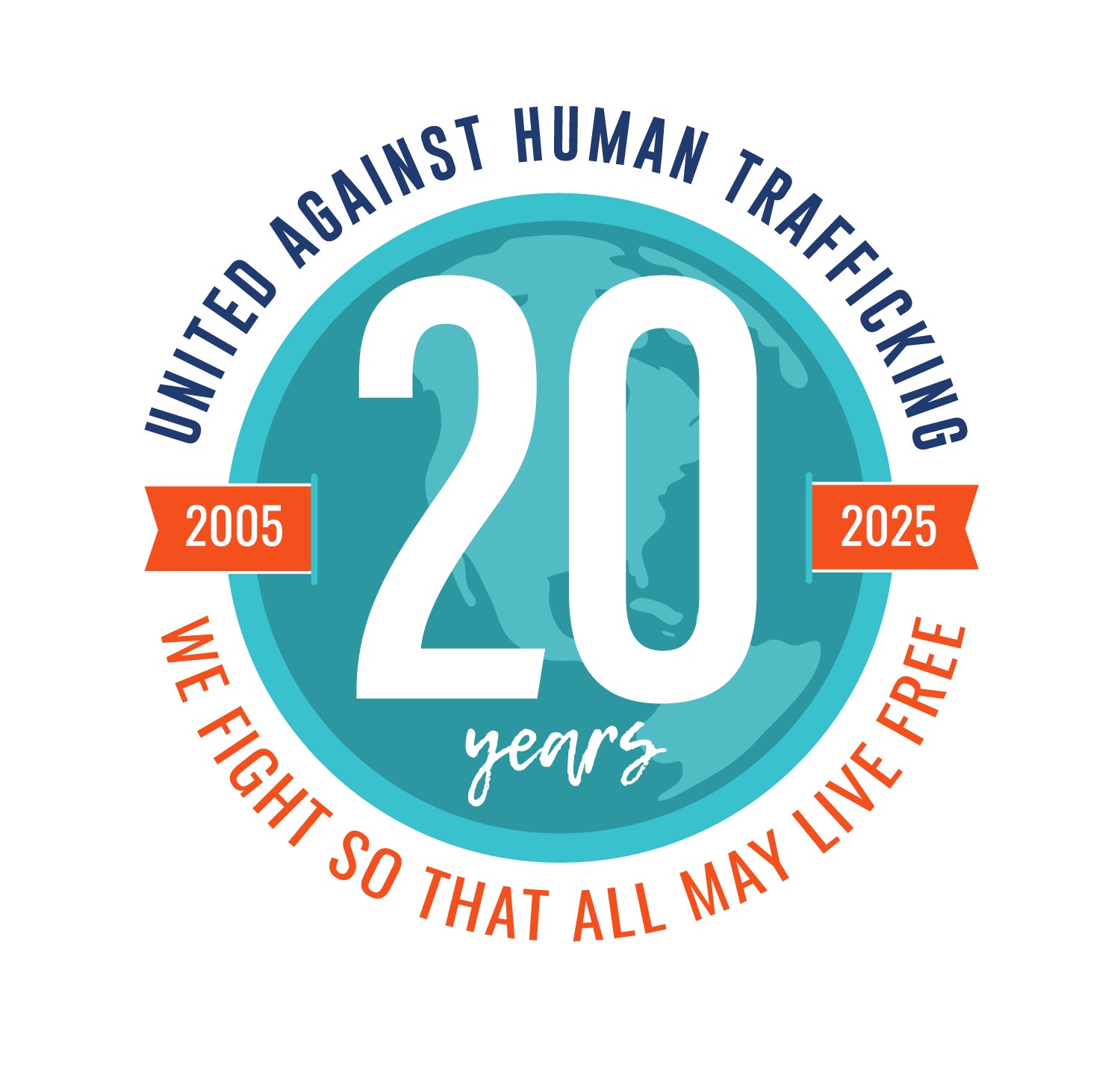It can be complicated distinguishing the difference in prostitution and human trafficking – however, one thing you know for sure is that she has been exploited.
Kim is 16 years old, poor, in and out of school, no job, and wants to help her family survive.

After her mother lost her job, their family is left in terrible debt. A man her friend told her about says he can get her a job as a live-in housekeeper in another city for a few months.
She gets in the man’s truck and is transported across the Texas border to Mexico where she does not speak the language and is sold into a brothel where she is forced to have sex with 10-15 men every night. Her virginity is sold for $20. She has no money and no way to get back home.
Michelle is 26 years old; also, poor, was once married at 17 and has five children.

After her husband left their family, it was up to Michelle to provide for herself and her children. Without an education or job opportunities, she reluctantly goes into the city and starts to prostitute herself at a bar. She sends the small amount she receives to her mother who is raising her children. It is not the life she would choose for herself, but she does not see another way.
Kim and Michelle are both affected by poverty and social exploitation.
Both have been given few choices and opportunities in life. But one is a willing participant in the sex industry and the other is a victim of human trafficking. They both need help finding their way out, and they both need compassion – but their situations are not the same.
If the sex industry were a continuum;
on one side are adult men and women who are knowing and willing participants in prostitution – whether through direct exploitation, because of poverty or abuse, or by choice, they use prostitution as a means for income. On the other end of the spectrum are human trafficking victims — those forced into the sex industry against their will by some measure of force, fraud, or coercion.

The Elements of Prostitution and Human Trafficking
Elements of Sex Trafficking
Act: Recruitment, transportation, transfer, harboring or receipt of persons.
Means: Threat or use of force, coercion, abduction, fraud, deception, abuse of power or vulnerability, or giving payments or benefits to a person in control of the victim.
Purpose: Prostitution of others, sexual exploitation, forced labor or services, or slavery.
Elements of Prostitution
Act: Sexual act or contact with another person in return for giving or receiving a fee or a thing of value.
Means: To invite, entice, offer, persuade, or agree to engage in prostitution.
The Differences In Prostitution And Human Trafficking
Human Trafficking
In recent years, human trafficking has become a more common topic.
Accurate estimates on the number of people enslaved today are nearly impossible because of the hidden nature of the crime. Some estimate the global number to be near 50 million, while 24.9 million people are estimated to be in labor and sexual slavery alone.
But whatever the exact numbers are, it is true that at this moment there are people who are physically locked behind closed doors, who are threatened with their family’s safety, and who are paying off debts by servicing men in brothels or working without pay.
Human trafficking forcefully converts a human being to a commodity. One person profits by stripping rights and dignity from another person. There is no element of choice for the trafficked person; he or she is a product in a multi-billion-dollar industry.
Willing Participants in Prostitution
Prostitution is another oftentimes difficult reality for millions globally. Many women, particularly those living in impoverished areas, turn to prostitution because there are very little economic opportunities elsewhere. An uneducated woman can make fast money, she is under pressure to provide for her family, and she lives within widespread cultural acceptance of the sex industry. Prostitution quickly becomes a viable option — sometimes seemingly the only one.
One study of prostituted women in nine countries found that 70-95 percent of the women were physically assaulted, 60-75 percent were raped, and 89 percent of the women told researchers that they urgently wanted to escape prostitution. Even if individuals choose this profession, globally it is a dangerous one full of exploitative and demeaning circumstances.
What is UAHT doing about it?
Our mission is to end human trafficking through preventing exploitation, educating the community, and empowering survivors.
We believe that no human life should be for sale. Children and teenagers, men and women, are exploited for sex and labor in our city every day. We exist to change that.
Through awareness, we turn our community’s attention to the atrocity of human trafficking. Our neighbors become empowered to join our strategy to address this human rights violation.
Through education, we prepare professionals, first responders, and community members to recognize and address human trafficking solutions. Institutions become qualified to aid victims and survivors with a trauma-informed approach.
Through programs, support groups, and direct outreach we bridge the gap between service providers and those who need them. We interact with overlooked people to identify exploitation and connect them with appropriate resources and restoration.
Commercial sexual exploitation needs to be stopped. To effect change, we need to respond to the specific needs of both people in prostitution and human trafficking– and all those in between. With the commitment of our team an our community, we can and will continue to help one survivor at a time.

